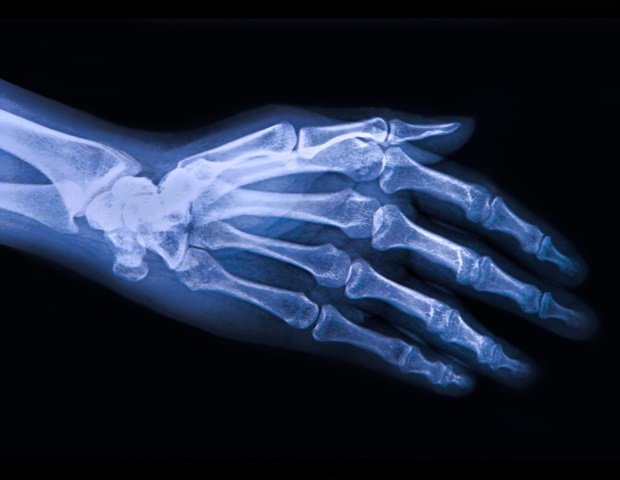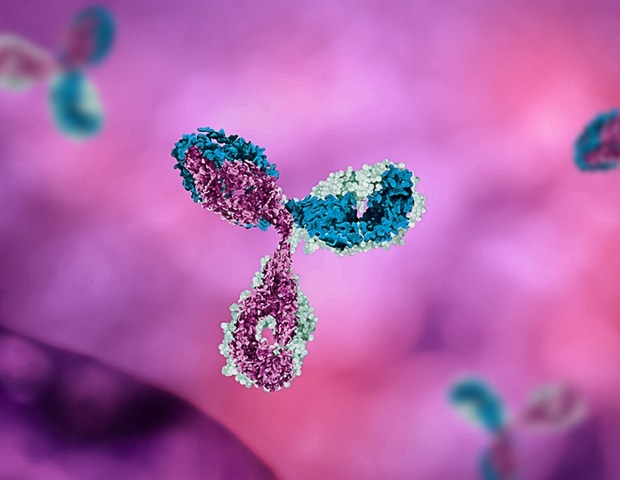VIBNov 14 2024
Multiple Myeloma (MM) is an incurable blood cancer, leading to weakened immunity, bone damage, and other serious health issues. The high relapse rates following initial treatments, make the search for novel immunotherapies urgent. However, the effectiveness of these therapies often depends on a functional immune microenvironment in MM patients. Researchers from VIB and VUB now provide an interactive tool, based on a single-cell RNA-sequencing (scRNA-seq) atlas of the Multiple Myeloma immune microenvironment across disease stages, to guide developers of novel immunotherapies.
Dr. Damya Laoui (VIB-VUB Center for Inflammation Research): "We have developed a comprehensive and detailed immune atlas of the evolution in human and murine Multiple Myeloma disease progression. This new tool is freely accessible and can significantly contribute to immune-based patient stratification and facilitate the development of novel and durable immunotherapeutic strategies in Multiple Myeloma."
Knowing the Multiple Myeloma tumor-microenvironment
Multiple Myeloma (MM), characterized by the proliferation of malignant plasma cells within the bone marrow, is an incurable disease. Despite high initial response rates to different therapies, most patients eventually relapse and become multi-refractory. Therefore, the search for novel immunotherapies is on. The efficacy of these immune-based therapies often relies on a functional immune microenvironment. Tools to perform an in-depth analysis of the MM tumor-immune microenvironment (TME) may help overcome this obstacle in the development of therapies.
Together with her colleagues from the research teams of Damya Laoui (VIB-VUB) and Kim De Veirman (VUB), Emma Verheye responded to this need. She studied the dynamic changes within the MM-TME of an immunocompetent MM mouse model and uncovered potential resistance mechanisms that could potentially hamper effective and durable therapeutic strategies in MM. This was the basis to develop a comprehensive single-cell RNA-sequencing atlas of the MM- tumor-immune microenvironment in different stages of disease.
After correlating immune changes observed in our murine dataset with those in human patients across various disease stages, we were able to validate the dynamic changes upon disease progression, demonstrating how accurately this mouse model represents the human condition."
Emma Verheye (VIB-VUB), First Author
New insights in disease progression and targetable immune populations
The results showed that the MM-TME was characterized by an increase in T cells, characterized by an exhausted phenotype. In early disease stages neutrophils appeared to be innocuous, but they acquired pro-tumorigenic characteristics during disease progression. Moreover, conventional dendritic cells (cDCs) were less active in MM, underscoring the potential of immune-boosting therapies.
Dr. Kim De Veirman (VUB): "Our novel tool revealed cDCs as a targetable population in MM. We therefore performed the first pre-clinical evaluation of the DC-activating αCD40 therapy on murine and human samples, and in the MM mouse model. Administering αCD40 led to a successful cDC- and subsequent T-cell activation, and a significant short-term anti-tumor response. These positive results show that we have developed a valuable research tool for the MM research community."
Freely available research tool
The interactive tool based on the scRNA-seq atlas of the Multiple Myeloma immune microenvironment across disease stages is freely accessible to research teams via: www.single-cell.be/Laouimmunology/5T33MMimmunekinetics

 6 days ago
3
6 days ago
3
















.png)

.png)
.png)
.png)













 English (US) ·
English (US) ·  Hindi (IN) ·
Hindi (IN) ·